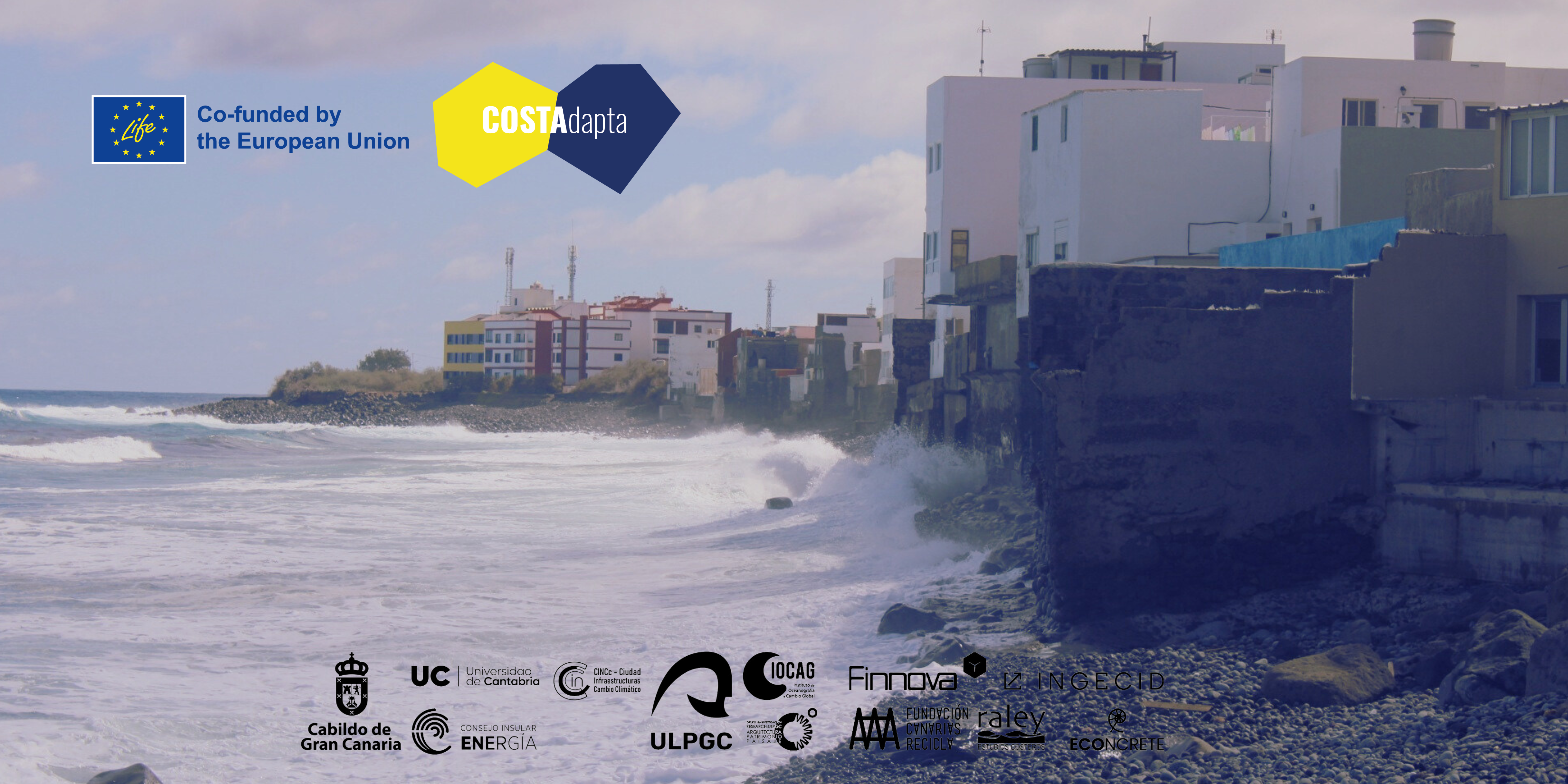Did you know?
Climate change and coastal erosion are closely linked, and their interactions have significant implications for coastal areas and the communities living there.
Coastal erosion is the process by which coasts lose land through the action of waves, currents and wind. This process can be natural, but can also be aggravated by human activities and climate change.
The main causes of coastal erosion are:
Natural Factors
1. Wave and ocean currents:
- Wave action: waves, especially during storms and storm surges, have enormous energy that can displace sediments and erode shorelines.
- Ocean currents: coastal currents and rip currents can transport sediment along the coast, causing erosion in some areas and accumulation in others.
2. Tides and sea level rise:
- High tides: High tides can cover wider areas of the beach, eroding coastal soil and dunes.
- Sea level rise: climate change is causing sea levels to rise, which aggravate erosion by submerging more coastal areas and increasing wave action on the coast.
3. Storms and cyclones:
- Extreme weather events: tropical storms and cyclones generate large waves and strong storm surges that can cause significant erosion in a short period of time.
4. Changes in climate and precipitation:
- Precipitation patterns: heavy rainfall can cause surface water flows that washes sediment out to sea, contributing to coastal erosion.
- Droughts: droughts can destabilise coastal vegetation, reducing its ability to protect the coast from erosion.
Human Factors
1. Coastal development and urbanisation:
- Coastal construction: buildings, roads and other infrastructure in coastal areas can alter natural patterns of sedimentation and erosion.
- Sand and mineral extraction: the extraction of sand from beaches and dunes for industrial and construction uses reduces the amount of sediment available to protect the coast.
2. Recreational activities and tourism:
- Pedestrian and vehicular traffic: human and vehicular traffic over dunes and beaches can damage vegetation and destabilise sediments, facilitating erosion.
- Tourist facilities: the construction of hotels and other tourist facilities near the coast can increase vulnerability to erosion.
3. Changes in land use:
- Deforestation and agriculture: removal of forests and conversion of land for agriculture can increase surface water flows and reduce soil stability, contributing to coastal erosion.
Mitigation Measures
To mitigate coastal erosion, several strategies can be implemented, such as the one proposed by the LIFE COSTAdapta project. To address the adaptation of the coast of Gran Canaria to sea level rise, a progressive tidal pool-reef system will be designed and tested, combining traditional tidal pool construction techniques with advanced solutions. This will contribute to the progressive adaptation of the coast of Gran Canaria to climate change, crucial given the high vulnerability of the Canary Islands to climate impacts.
In addition to strengthening the resilience of coastal areas, LIFE COSTAdapta aims to conserve habitats characteristic of these areas and protect the local tourism economy. The project will ensure economic sustainability by providing solutions to flooding and maintaining the region’s tourist attraction, which in turn will support coastal stability.
With a duration of seven years and a total budget of EUR 3,409,864 (EUR 2,045,818 subsidised by the EU through the LIFE Programme), COSTAdapta is a project coordinated by the Gran Canaria Island Energy Council (CIEGC) of the Cabildo de Gran Canaria with the support of seven partners: the University of Las Palmas de Gran Canaria (ULPGC); the University of Cantabria (UC); INGECID, Research and Project Development; Raley Estudios Costeros S. C.P.; ECOncrete AQUA; Fundación Canaria para el Reciclaje y Desarrollo Sostenible and Fundación Finnova.


